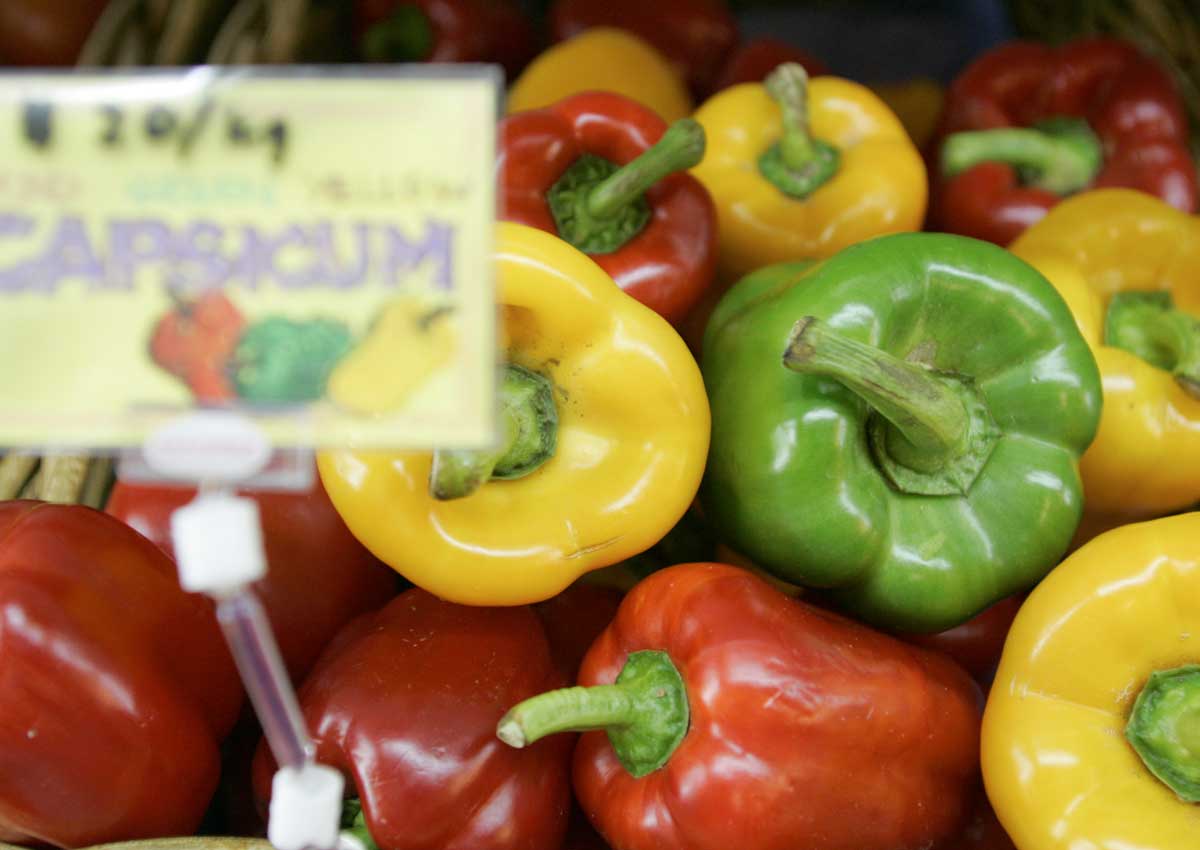Some 300 batches of vegetables – mostly leafy greens – and fruit were stopped from being sold in Singapore last year, after pesticide residues found on samples exceeded levels allowed by the authorities.
The Agri-Food and Veterinary Authority of Singapore (AVA) sampled about 8,000 consignments of imported vegetables and fruit for pesticides last year.
About 3 to 5 per cent were rejected for containing too much pesticides, a rate that has remained constant over the years, said the AVA.
But this does not necessarily mean that they are unsafe, stressed the AVA and food science experts.
While the levels used for food safety inspections – also known as maximum residue limits (MRLs) – are safeguards to protect consumers from toxic levels, they are not absolute food safety limits.
“Detection of MRL violations does not necessarily mean the food is unsafe for consumption as MRLs are set with a large safety margin,” said Dr Wu Yuan Sheng, deputy director of the Pesticide Residues Section at AVA’s Laboratories Group.
This large margin, he explained, is put in place to ensure that even if people consumed multiple types of food with the same pesticide, the levels of toxins ingested will still be safe for the body.
The AVA did not specify the vegetables that failed the inspection, or where they are from.
Amid growing awareness about food safety issues and a burgeoning movement to “go organic”, the AVA has been dogged in its checks.
Each day at its pesticide residues laboratory in Lim Chu Kang, 30 to 40 samples of food products – including fresh vegetables, fruit and grains – are tested for hundreds of pesticides simultaneously. The lab has the machinery to test for over 400 different pesticides.
Food found to have pesticide residue levels above the amount permitted will not be allowed for sale.
“Besides confiscation and destruction of the implicated consignments, importers are also subject to enforcement actions such as fines, suspension or prosecution,” said Dr Wu. But, he added, there have been only a “rare few cases” that posed safety concerns.
Recently, world-renowned food toxicity expert Carl Winter from the University of California, Davis, was in town for the Insights to Emerging Trends in Food Science and Technology conference, where he also drove home the point that consumers should not be overly worried about pesticides.
“It is the dose that makes the poison – it is the amount, not its presence or its absence that determines the potential for harm,” he stressed.
And to determine if a substance is toxic, one needs to consider its dose and length of exposure, he added. “My concern as a food toxicologist is that we tend to be worried about pesticide residues to the extent we are doing ourselves more harm than good by choosing to consume fewer fruit and vegetables.”
Every year, each person here eats about 70 packs of leafy vegetables.
Food science experts also say that organic does not mean pesticide-free. But Professor William Chen, director of Nanyang Technological University’s Food Science and Technology Programme, noted that pesticides on organic food should contain natural biological components instead of synthetic chemicals, making them less toxic to human health.
“Their activity lifetime is also shorter compared to the synthetic pesticides, thus even safer,” he said.
One piece of good news is that the use and type of pesticides are generally getting less toxic.
Prof Chen said that due to the development of better pesticides targeted at insects, the amount of pesticides applied per hectare of crops has fallen from the kilogram to the grams range since the 1990s.
Dr Wu also noted that modern pesticides are more smartly designed such that they target enzyme systems unique to insects and which do not exist in humans.
Traditional pesticides, like organophosphate pesticides which studies have linked to impairment of the nervous system, are being used less frequently.
According to the Food and Agriculture Organisation of the United Nations, many organophosphate pesticides have been banned or their use severely restricted in many countries.

This article was first published on Oct 3, 2016.
Get a copy of The Straits Times or go to straitstimes.com for more stories.






